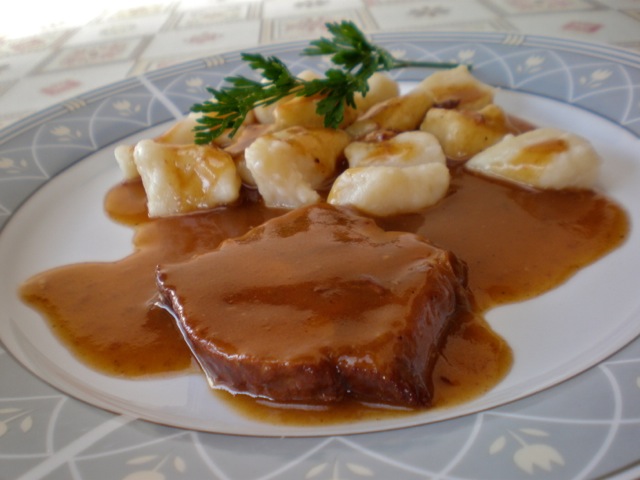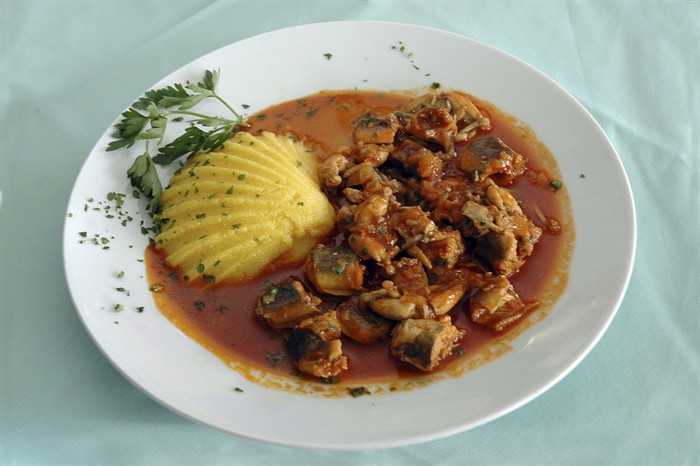Local Dishes
Despite Dubrovnik having centuries-old trading connections across the globe, the cuisine of this region is very much based on the gifts of nature in this part of the world. Classic Dubrovnik cuisine is seasoned with parsley, garlic, olive oil and lemon, and perhaps a touch of rosemary or bay leaf if the chef is on the adventurous side. A true Mediterranean experience, you might say.
This tendency to eschew more exotic ingredients can be a double-edged sword. On the one hand, the city's menus can seem somewhat repetitive. On the other hand, what you eat is fresh, natural and , in the better restaurants, local. The simplicity of the preparation lets the flavours of high quality ingredients do the work. It's hard to beat a good piece of meat or fish grilled over charcoal with a salad freshly picked from a hinterland garden.
In defence of simple cooking, experiments with "imaginative" cuisine can be like playing Russian Roulette. In anything but the most skilled hands and pedantic husbandry the result can be disappointing. For example, in Provence, as Financial Times food columnist Rowley Leigh complained bitterly in summer 2012, it's hard find an authentic bouillabaisse or ratatouille these days. Peasant food gains elevated status and loses its guts. Croatian food is still unfashionably plentiful and full of flavour, and all the better for it.
So, what can you eat in Dubrovnik if you'd like to escape the grilled fish - grilled meat - pasta trinity? The best answer is the same as anywhere; the same as the local people eat at home.
Let's start with the basics. Šporke makarule is the local version of everyone's favourite: spaghetti bolognese. However, with hand-made pasta, small chunks of beef (not mince) and fresh tomatoes, it becomes something special. You'll see big vats of the stuff served on the street at Carnival time in February. But even on the hottest day, add a crisp green salad and you've got the perfect lunch.
A more special dish served throughout Dalmatia is pašticada. There are many variations, but generally a lean piece of beef is studded with carrot, garlic and smoked bacon and marinated in wine, oil, vinegar with perhaps a little orange and lemon. It's cooked in a rich sauce, sometimes with prunes, and served with soft gnocci.

A winter warmer that truly displays the spirit of the region is kanavoska zelena menestra. A selection of cured meats (pork, mutton, sausage) is cooked up with winter greens and potato. When finished, the meat is served on a plate and the smokily scented veg dished up with a little of the soupy liquid and lashings of olive oil. This dish dates from the 16th century; for added historical effect substitute barley for potato. Fast forward to springtime when broad beans are ready for picking: try them cooked with smoked mutton, garlic, parsley and bacon fat.

To get a little more exotic, consider an excursion northwards to the Pelješac peninsula, where you can treat yourself to Ostrea edulis, otherwise known as the finest oysters in the world, prepared in a million different ways. While you're there, look out also for butarga (dried flathead mullet roe); there are a couple of families here who still prepare this rare delicacy.
